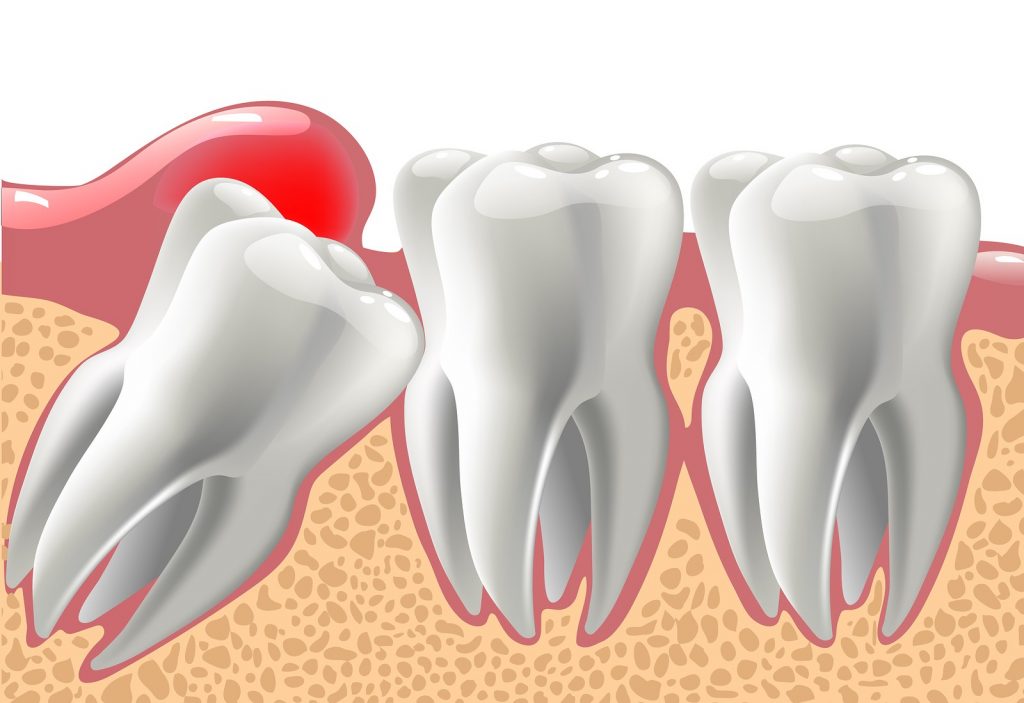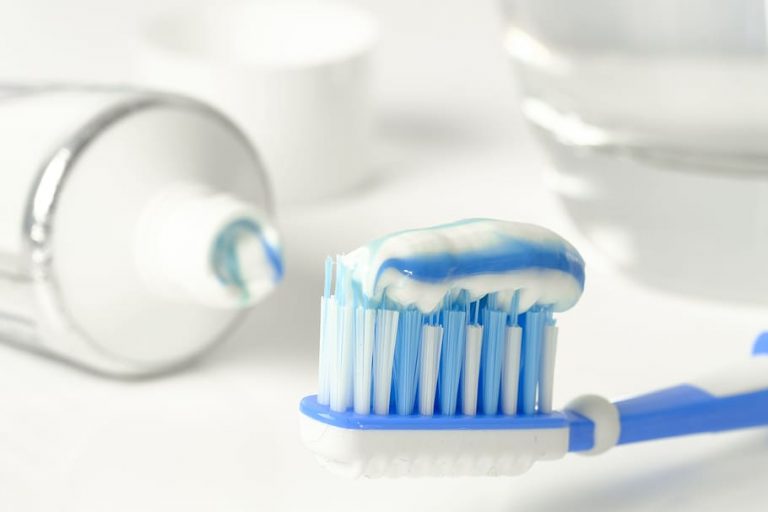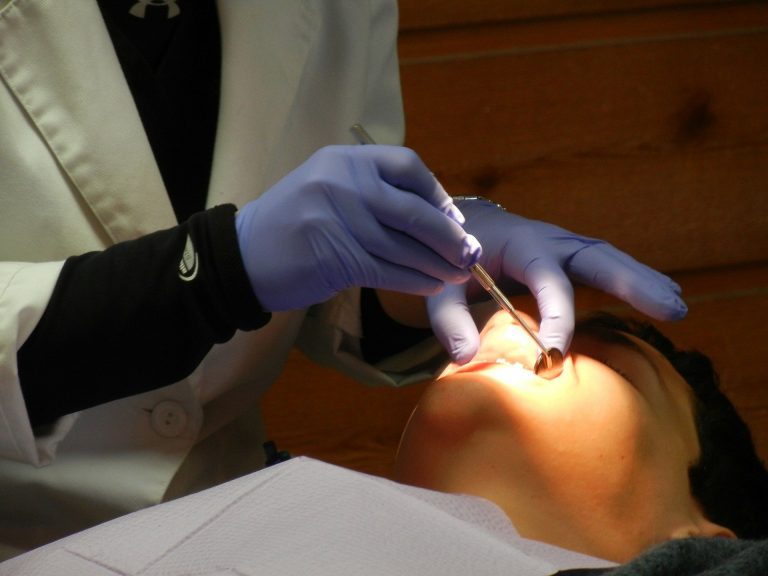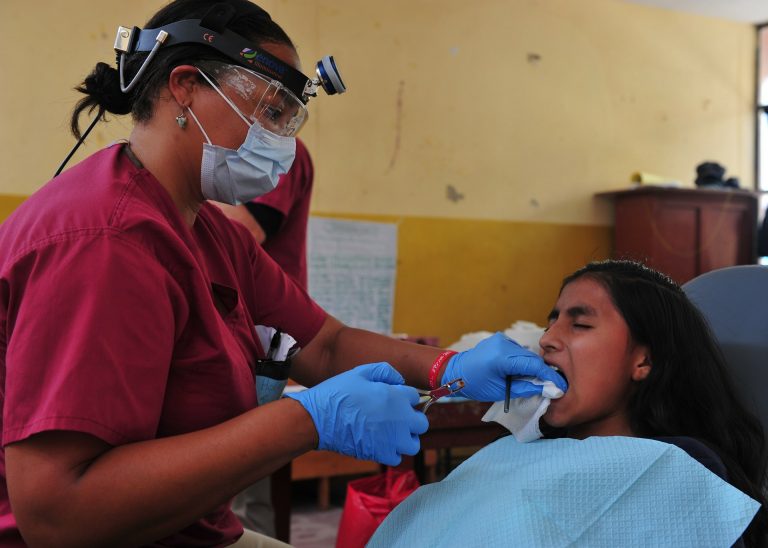A person’s mouth is usually not large enough to consume the four extra wisdom teeth. As a result, wisdom teeth frequently erupt at angles, forcing against teeth or only partially appearing above the gum line. Every issue enlarges the chance of the tooth becoming infected. Your wisdom connecting teeth are molars. They’re the big teeth at the backward of your mouth, occasionally called the third molars. They’re the final teeth to grow in. Maximum people get wisdom teeth in the middle of the ages of 17 and 25. Beneath, we look into the causes and symptoms of a wisdom tooth infection. We also report some treatments and home remedies.
Symptoms
Wisdom teeth may get contaminated because they’re harder to clean. Food and bacteria can get entangled between the tooth and the gums. The measurement between your wisdom teeth and the back of your mouth can be easy to miss when you’re brushing and flossing. An influenced wisdom tooth may not grow through your gums accurately. It may partially appear, grow in at an angle, or develop completely sideways. A partially strike wisdom tooth has a higher danger of infection. This is because its shape and angle make spoilage more likely to happen. A tooth infection or cavity happens when a lush of bacteria makes holes in the outer, hard enamel layer.
Treatments
The best remedy for a wisdom tooth infection partially depends on the cause and severity of the infection.
- Medication to treat the tooth
- Dental work to repair it
- Surgery for tooth removal
The above techniques will help get the infection under control, but the wisdom tooth will still probably need to be removed. This will help ward off further infections and damage to neighboring tissues.
Guide to Healing After Removing Wisdom Teeth
Medications
You’ll need to take antibiotics to clarify an infection in a wisdom tooth. You may need to take this more than a week before having the damaged tooth fixed or removed. Antibiotics help to rebuild an infected tooth and prevent bacteria from circulating.
Your dentist or doctor may establish antibiotics such as:
- penicillin
- amoxicillin
- metronidazole
- clindamycin
- erythromycin
Your dentist may also initial pain medication before and after a wisdom tooth infection, including:
- ibuprofen
- lornoxicam
- acetaminophen
- aspirin
Repair
Once the infection is clarified, you’ll need to see your dentist again to restore or remove the tooth. Placing a cavity in a wisdom tooth is related to patching up other teeth. You may need packing or crown.
Your dentist may also ask down the peak or sides of the tooth. This removes rough or uneven edges that can catch food and bacteria. It also helps to make the tooth slightly shorter if there’s crowding.
Removal
If your wisdom tooth is injured, your dentist may completely or partly remove it. You may need dental surgery for an affected wisdom tooth infection. Other affected wisdom teeth may also be removed. This helps to stop future infections.
Your dentist may detach gum tissue from the top of a determined wisdom tooth to help it grow through. One more dental procedure removes only the top part of a wisdom tooth.
Home remedies
Home remedies can’t treat a wisdom tooth infection. Although, some simple treatments may give you short term relief from the pain and tenderness. For the moment, a person can take over-the-counter pain relief medication, such as acetaminophen (Tylenol) or ibuprofen (Advil). To remove plaque and food debris clean the affected area carefully with a toothbrush. Few people find that washing with a mild saltwater solution provides relief from symptoms.
Final Thought
Pain and swelling are two usual symptoms of a wisdom tooth infection. If these issues rear for more than a few days, visit a Holistic dental wisdom tooth dentistry. They offer experience and quality treatment at an affordable price. The dentist will clean the infected tooth and will likely advise antibiotics to treat the infection. They may also recommend extracting the tooth to stop further issues.












